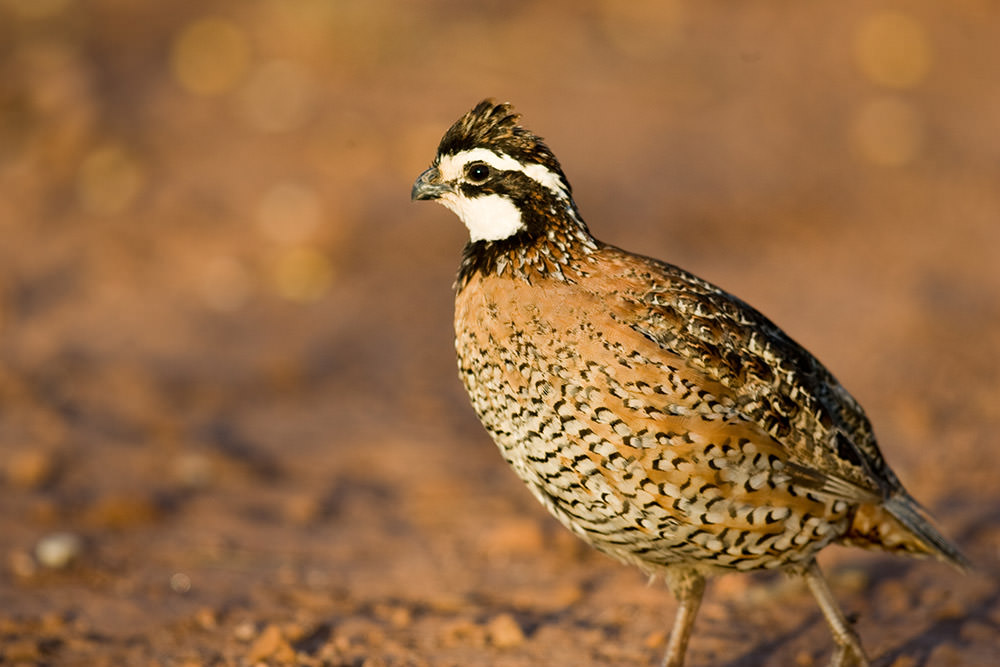Overview

Over the past 30 years bobwhite populations have experienced a sharp decline over most of their geographic range, leaving many biologists to ponder the precise origins for what has since been described as “idiopathic decline.” Amidst these regional declines there are isolated pockets where bobwhite populations have fared better than the regional trend, despite similar weather, habitat, and management strategies. Might there be genetic differences among these “survivors” that provide some adaptation (e.g., disease resistance)?
For these reasons, we sequenced the bobwhite quail genome using the most cutting-edge technologies, thereby producing billions of sequencing reads derived from multiple sequencing libraries. Thereafter, we assembled the complete genome without a reference sequence (i.e. de novo; > 1.17 billion bases), thus eliminating significant bias created by using a reference-assisted approach, and performed detailed comparative genome analyses with several other avian species.
This research effort was directed by Dr. Chris Seabury at the Department of Veterinary Pathobiology, College of Veterinary Medicine, Texas A&M University along with graduate research assistant Yvette Halley. Funding was provided by Rolling Plains Quail Research Foundation and Joe Crafton.
The genetic information gathered from BGP is enabling us to learn more about why certain lineages of quail, or local populations, are more robust and resistant to disease, or other environmental factors. Genetic differences may play a role in disease susceptibility or the ability to withstand other challenging environmental factors.”
Below are some sound bites from Dr. Seabury as to the relevance of the discovery:
“Our study is important because prior to this, we had no ability to use whole-genome technologies to monitor levels of genetic diversity over time, define the genetic relationships among existing populations, or draw important inferences regarding bobwhite physiological interactions with their environment,” Seabury explains.
“We now have a formal resource for studying the bird and identifying new or perhaps even more specific reasons for its serious decline. This resource gives us a way to look at new population and management strategies, but also a means to conduct very detailed molecular studies focusing on ecotoxicology, reproduction, and physiology.
“Now we can peel back new layers of science to thoroughly look at many different levels of the quail problem, including the utilization of whole-genome information for monitoring modern genetic diversity, reconstructing historic population trends, and even considering genetic similarity in relation to the translocation of wild bobwhites to suitable habitats.”
I confess I don’t know what will surface from this new technology in the near future, but I suspect Drs. Watson and Crick didn’t know in 1963 when they discovered the DNA double-helix either. Ideas?
Citation: Halley YA, Dowd SE, Decker JE, Seabury PM, Bhattarai E, et al. (2014) A Draft De Novo Genome Assembly for the Northern Bobwhite (Colinus virginianus) Reveals Evidence for a Rapid Decline in Effective Population Size Beginning in the Late Pleistocene. PLoS ONE 9(3): e90240. doi:10.1371/journal.pone.0090240..
